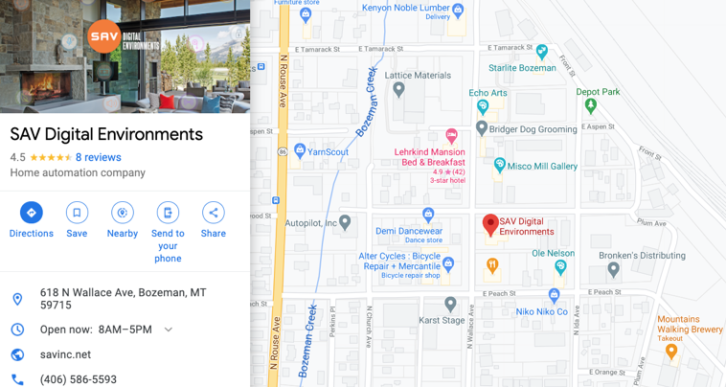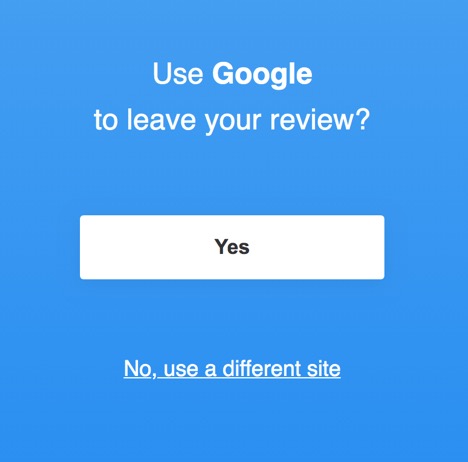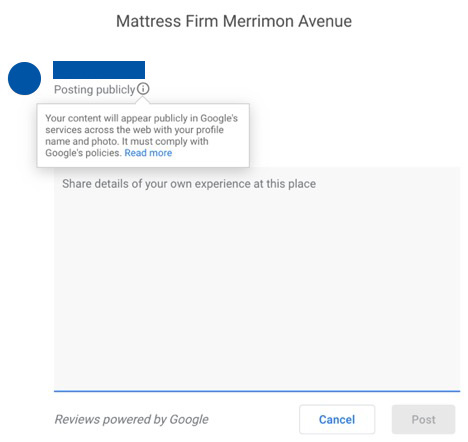For integrators, marketing locally is not just smart, it’s imperative. Getting people to know your brand is key so that when they are ready to make their own smart home decisions, you are top of mind. What are your reviews like? Do you appear at the top of Google listings when someone searches for pertinent keywords in your area? The list of things you can do to become visible in the communities you serve is vast, but here are some things that can give you a boost, fast.
1. Go Analog with Signage. It’s a digital age, but not everyone is online all the time! Builders and contractors often put a yard sign on the lawn or curb to promote their work in the neighborhood (“Custom Homes by Schumacher”). Ask your clients if your company can do the same thing or similar while your team is on the project so that people in the neighborhood can see and take notice. Consider putting branding and signage on company vehicles, which serve as mobile billboards for your brand. Make sure signage is easy and quick to read from afar, and that it includes your company’s website and phone number. Always gravitate toward graphics that present a professional brand image — do not use provocative imagery and verbiage.
2. Update and Monitor Your Online Listings. Have you set up and verified your Google My Business profile? With Google My Business, your company’s business listing will be more visible with customers across Google Search and Maps, which is key for local marketing. Bear in mind that, according to Google, “local results are based on relevance, distance, and prominence, and a combination of those elements helps Google deliver relevant search results.” Be sure you’ve described your company clearly, have an assortment of high-quality photos/video, and a compelling description, along with your location and business hours. Consider other online listings on Bing, Apple Maps, and Yelp, and monitor Glassdoor, in addition to your social media accounts. Services like Mozlocal and Chatmeter can help you check your listings and manage your online presence.

3. Generate Local Reviews. We live in a peer-review society, and reviews provide what’s often referred to as the universal truth. Getting those stars and an authentic review about your excellent service and products is key to lending authority to your business AND increasing your company’s ranking. There are platforms that can help you manage your company’s online reputation like the ones listed above, but you can also work with review-generation tools like Podium, Birdeye, Shopper Approved, and Trust Pilot to help you solicit reviews. Be wary of companies that claim they can provide reviews or deliver them to you in droves, and stay away from those that use tools or tactics to manipulate how reviews are obtained and shared on your behalf. Here is an example of how Podium works after something’s been purchased by a consumer:



4. Site Optimization. Search Engine Optimization (SEO) can be overwhelming for small businesses and, sadly, many stay away from it altogether as they’ve had a bad experience in the past. However, there are now plenty of quality resources you can tap into — some that cater to the AV industry and others that are more broad-based or B2C-oriented. When you optimize your on-page SEO and your rankings steadily climb up in Google, you’ll see it’s well worth the effort. Every page on your site should be optimized for local SEO and for terms people actually use in common, everyday searches. Moz has a great resource center for this that can help you find the right keywords and even check your presence online. At KMB Communications, we often develop blogs for companies that are specifically designed for SEO to attract and engage a targeted audience and get them into a funnel for sales teams to nurture and close.
Rather than relying on industry jargon and acronyms, use phrases people commonly use. Likewise, Search Engine Marketing (SEM) plays an important role, but when you have an ad budget (and you should), you can “buy” keywords —”Smart Home Tucson” for example — with Google Ads so you’ll dominate the local scene. You can also bid on your competitor’s keywords, such as the name of their business, which can be a great tactic. SEO/SEM is a wormhole, and you can get sucked in if you aren’t careful, so stay high level and keep extreme focus on aligning your SEO efforts with your goals.
Also by Katye McGregor Bennett: Is It Time for an Image Revamp?
5. Consider the Customer Experience. Did you know that things like slow load times and broken links lower your search rankings? That’s because Google values the customer experience and ranks sites higher that offer a good one, with an increasing emphasis on mobile-friendly sites. Audit your site for speed, broken links, duplicate descriptions, SEO no-nos, etc., and you’ll have better customer retention and higher listings.
6. Project the Right Image. One of the most important aspects of your local reputation is the way you come off to potential clients digitally, in print, and in person. Does your website reflect your current scope of work? How about your social media posts? When you read what your company says about itself or its offerings, does it sound genuine? Easy to digest? Is it memorable? Will consumers and those in adjacent trades understand what they read and see; will they be encouraged to contact your company? How’s the language you’re using feel to your target market? Are you using acronyms and tech speak that only serves to confuse them? Are you using video to the best of your abilities? Testimonials from local customers are a great way to add authority to your business while connecting with the community. Don’t forget to differentiate! You have local competition and you must stand apart from them. Examine your competitors and carve your own path. Don’t mimic, emulate, or use commonly used website templates or stock art that looks like your competition. Showcase and celebrate your certifications, memberships, associations, and alliances. You must be unique to win.
7. Be Active in the Community. How does your company participate in the local community? Be active in local chapters of the trades your company wants to work with, align with, and be a partner to. If designers, architects, and builders are targets for your business, inquire about local AIA, ASID, HBA, and Chamber of Commerce memberships and offer to provide tech talks or short, educational segments where you can share trends, tips, and ways technology can improve life at home or work.
Likewise, events are a great way to reconnect with your customers and trade partners, and those are coming back slowly, but surely. Looking forward to the summer, for instance, think about offering regional product demos in open-space environments like parks or parking lots, which brands like Origin and Coastal Source have had great success with over the last year. Think about ways to demo other categories, too, like outdoor TVs and shading systems that extend a home’s square footage and offer more ways for homeowners to enjoy their property. One of the hottest trends this year is outdoor entertainment, so take advantage of that need and show people what you and your company can do. Participating in local charities and sponsoring local businesses and organizations is a great way to gain visibility while also showing your company is rooted in the community and there to serve the people who live and work in it.
That’s a lot to digest, I know, but these are valuable tools that you should be aware of and have in your marketing playbook. Not sure where to start or how to get where you want to go? Give me a call or drop me a line. I don’t claim to be the expert but I’m always here to help!
Also by Katye McGregor Bennett: Putting the ‘Social’ Back in Social Media







